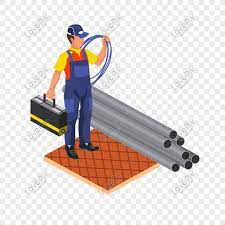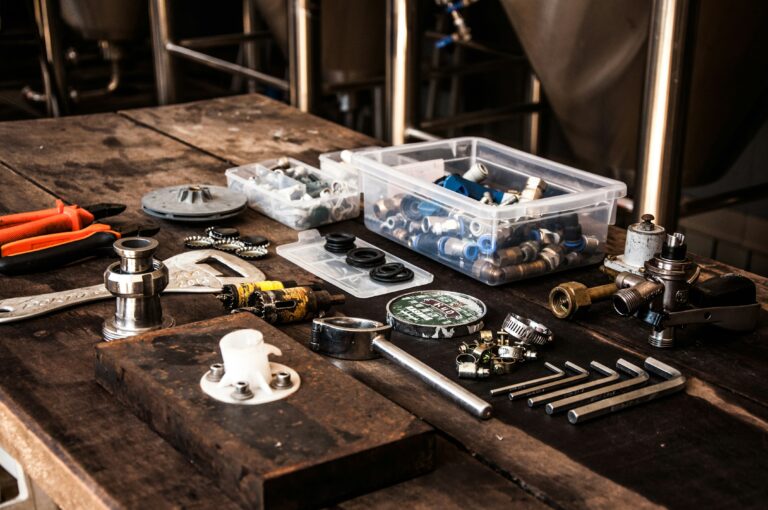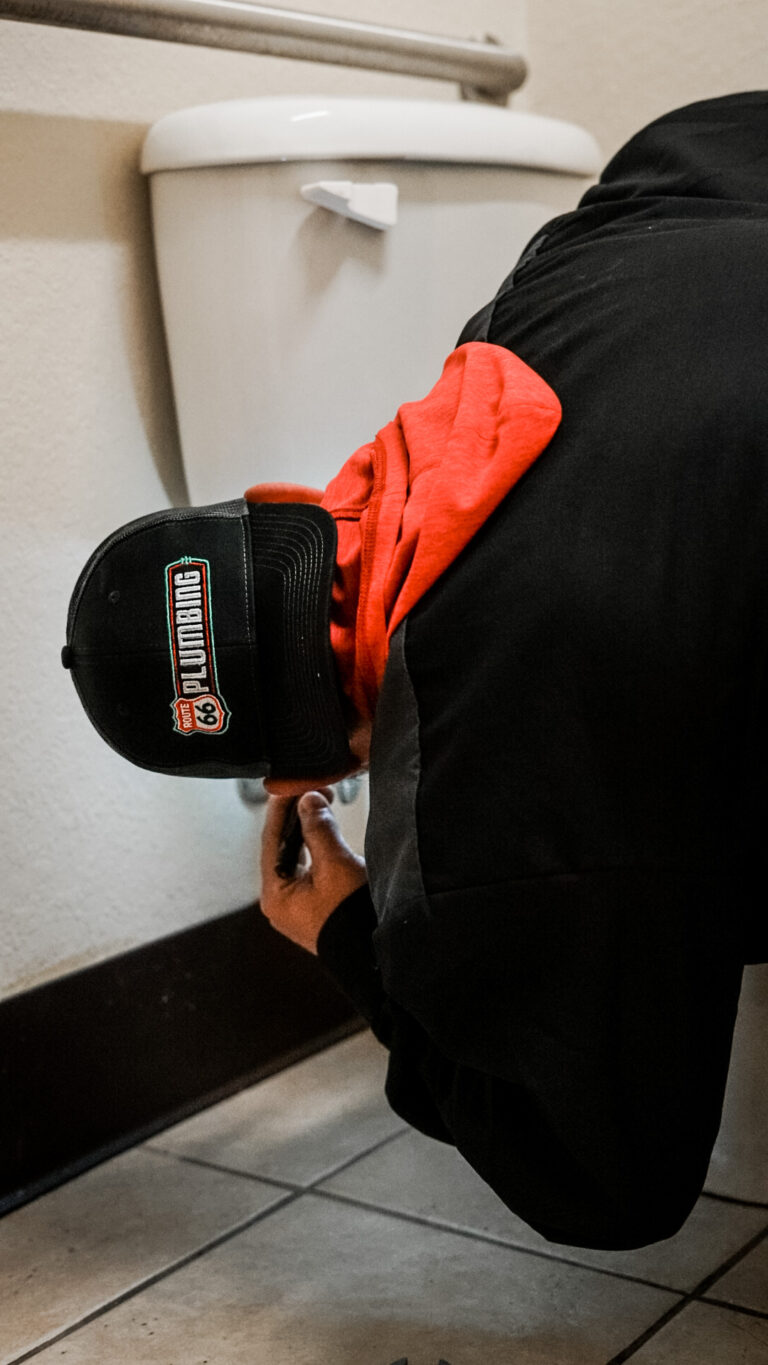How Many Types of Plumbing Pipes Are There?
At Route 66 Plumbing, we understand that choosing the right plumbing pipes is crucial for the efficiency and longevity of your plumbing system. Here’s a guide to help you understand the different types of plumbing pipes and their uses.
1. Copper Pipes
Copper pipes are renowned for their durability and reliability. They’re often used for water supply lines due to their corrosion resistance and ability to handle both hot and cold water. Although they’re more expensive, their longevity makes them a worthwhile investment.
2. PVC Pipes (Polyvinyl Chloride)
PVC pipes are popular for drainage and vent systems. They’re lightweight, affordable, and easy to install. However, they’re not suitable for hot water lines due to their tendency to warp under high temperatures.
3. PEX Pipes (Cross-Linked Polyethylene)
PEX pipes are highly flexible, making them ideal for retrofitting existing systems or installing new ones. They can handle both hot and cold water and are resistant to scale and chlorine, but they’re not UV-resistant, so they’re best used indoors.
4. Galvanized Steel Pipes
Once a common choice for water supply, galvanized steel pipes are strong and durable but prone to corrosion over time. They’ve largely been replaced by more modern materials like PEX and copper.
5. CPVC Pipes (Chlorinated Polyvinyl Chloride)
CPVC pipes are similar to PVC but can withstand higher temperatures, making them suitable for hot water lines. They’re also corrosion-resistant and easy to work with, but they’re slightly more expensive than PVC.
6. Cast Iron Pipes
Cast iron pipes are extremely durable and are often used in older homes for drainage systems. They’re known for their longevity and ability to reduce noise from water flow, but they’re heavy and can corrode over time.
7. ABS Pipes (Acrylonitrile Butadiene Styrene)
ABS pipes are strong and impact-resistant, making them ideal for underground applications. They’re similar to PVC but are typically black and more durable in cold temperatures. However, they’re sensitive to UV light and can degrade if exposed to sunlight.
Conclusion
At Route 66 Plumbing, we’re committed to helping you choose the right materials for your plumbing needs. Whether you need the strength of cast iron or the flexibility of PEX, our expert team can guide you through the process to ensure a long-lasting and efficient plumbing system. Contact us today to learn more about the best plumbing options for your home or business.
FAQs
What are the most durable types of plumbing pipes?
Copper and cast iron pipes are known for their durability. Copper is resistant to corrosion and lasts for decades, while cast iron is incredibly strong and often used in drainage systems.
Which plumbing pipe is best for hot water lines?
PEX, CPVC, and copper pipes are excellent choices for hot water lines. They can handle high temperatures without deforming.
Are PVC pipes suitable for water supply lines?
PVC pipes are generally used for drainage, waste, and vent systems, not for hot water supply lines. CPVC or PEX is a better choice for water supply.
Can PEX pipes be used outdoors?
PEX pipes should not be used outdoors as they are sensitive to UV light and can degrade when exposed to sunlight.
What is the difference between PVC and CPVC pipes?
While both are plastic, CPVC pipes can handle higher temperatures, making them suitable for hot water lines, whereas PVC is typically used for cold water and drainage systems.
Why are galvanized steel pipes less common today?
Galvanized steel pipes are prone to corrosion and have largely been replaced by more durable materials like PEX and copper, which are easier to install and maintain.







